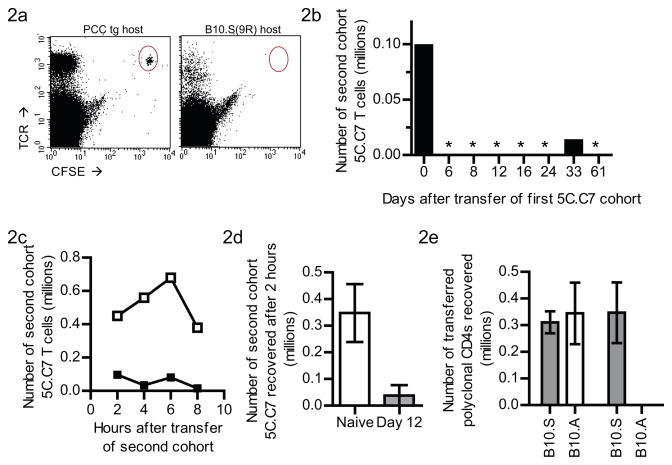Figure 2. A second graft of 5C.C7 T cells is hyper-acutely rejected in B10.S(9R),CD3ε−/− hosts that received an earlier transfer of alloreactive T cells.
(a) FACS profiles, one day after adoptively transferring a new cohort of CFSE-labeled naïve 5C.C7 T cells into B10.A, PCC-transgenic, CD3ε−/−(left) or B10.S(9R), CD3ε−/− mice (right), both of which had received an earlier infusion of 5C.C7 T cells 14 days before. One of 3 similar plots are shown.
(b) Similar experiments as in (a) were performed with B10.S(9R),CD3ε−/− mice that had received the primary infusion of 5C.C7 cells at various days (Y-axis) before the second transfer. Number of the second transfer cohort recovered one day later are shown. (* = below the limit of detection, n=1 per time point).
(c) Kinetics of the rejection of a new cohort of 5C.C7 T cells in a B10.S(9R),CD3ε−/− host with a previous infusion of 5C.C7 T cells (filled squares) compared to a naïve B10.S(9R),CD3ε−/− host (open squares).
(d) Similar experiments as in (c) with n=3 mice for B10.S(9R),CD3ε−/− hosts that had a previous 5C.C7 transfer (Gray bars) or not (white bars)
(e) CFSE-labeled polyclonal CD4+ T cells from B10.S (Gray bars) or B10.A (white bars) mice were transferred to naïve (left two bars) or T cell pre-infused (right bar and below detection(*)) B10.S(9R),CD3ε−/− mice. Recovery of the transferred T cells from lymph nodes and spleens of the recipients, one day after transfer is shown (n=3 per bar).

